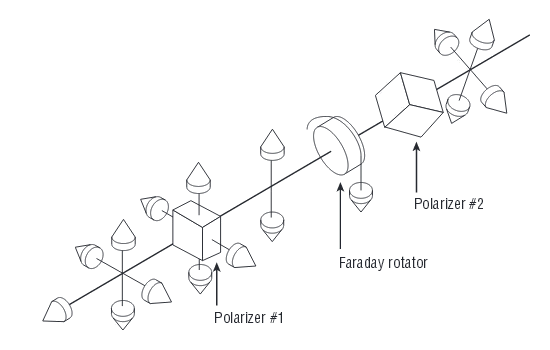

Through automation, organizations can use optocouplers to isolate low-power circuits from higher-power output circuits and to remove electrical noise from signals. The optoisolator is enclosed in a single device (see image) and has the appearance of an integrated circuit or a transistor with extra leads. Optoisolators offer a safe way to make high-voltage components and low-voltage devices work together in a proportional way. Photoresistor-based optoisolators were first used in 1968 in the audio and music industries to avoid disruption in equipment such as guitar amplifiers. Why are optoisolators important?Įlectronic equipment, such as microcontrollers, printed circuit boards and transformers are subject to voltage surges from radio frequency transmissions, lightning strikes and spikes in the power supply volts. An optocoupled solid-state relay contains a photodiode optoisolator that drives a power switch on the output side, usually a complementary pair of MOSFETs.

The input side of optoisolators could be a photoresistor, a photodiode, a phototransistor, a silicon-controlled rectifier or a triac. Using signal isolation, the sensor is able to transform the modulated light back into an output signal. The beam travels across a transparent gap and is picked up by the receiver, which acts as a converter. When the input current is applied to the LED photodiode (a common type of photosensor), infrared light is produced and passes through the material inside the optical isolator.

In this way, the input signal can either generate electric energy or modulate an electrical current that's coming from an electronic device or other power supply. An optoisolator is an electronics device that transfers electrical energy from one circuit to another through a short optical transmission path while. The schematic of an optoisolator consists of an emitter, in this case an infrared light-emitting diode (IRED) or laser diode for input signal transmission and a photosensor (or phototransistor) for signal reception. These electronic components are used in a wide variety of communications and monitoring systems that use electrical isolation to prevent high voltage emitters from affecting lower power circuitry receiving a signal. Which SFP or SFP+ module should you choose all depends on your switch types. But, sometimes SFP module can also be plugged into SFP+ port. For example, optical isolators are used in long distance fiber optic communication systems in order to prevent signals from being distorted before reaching the. Usually, SFP module plugs into SFP port of the switch and SFP+ module plugs into SFP+ port of the switch. What is an optoisolator (optical coupler or optocoupler)?Īn optoisolator (also known as an optical coupler, photocoupler, optocoupler) is a semiconductor device that transfers an electrical signal between isolated circuits using light. As we’ve explained the difference of SFP vs SFP+.


 0 kommentar(er)
0 kommentar(er)
